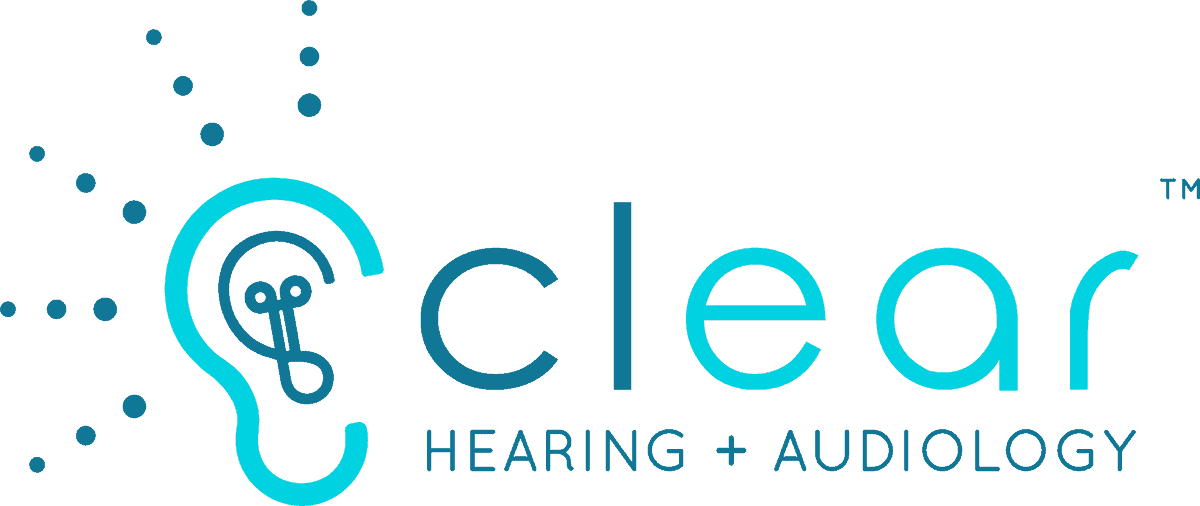
Communication isn’t just about words. It also includes intonation, subtle gestures, and body language. For those with hearing loss, all these other parts of communication take on a whole new dimension. Body language can play an important role in facilitating meaningful communication for individuals with hearing loss.
Beyond Spoken Words
Communication extends far beyond spoken words. Nonverbal cues, including facial expressions, gestures, and posture, form an integral part of communication. For those with hearing loss, these silent signals become essential in grasping the nuances of conversations.
The Power of Facial Expressions
The face is a canvas of emotions that can communicate joy, sadness, surprise, and a myriad of feelings. Individuals with hearing loss often rely on facial expressions to interpret the emotional tone of a conversation. A smile, a furrowed brow, or a raised eyebrow can transform the meaning of words and help the listener understand emotions.
Expressive Hand Movements
Hand gestures are a universal language that transcends hearing loss. Whether it’s pointing, waving, or using subtle hand movements to emphasize a point, gestures become a vital channel of communication. Individuals with hearing loss can use hand gestures to enhance their understanding.
Posture and Body Language
Posture speaks volumes, conveying a sense of openness or reservation. Leaning forward, maintaining eye contact, and facing the speaker can all indicate active engagement in the conversation. Individuals with hearing loss keenly observe these cues to gauge the speaker’s involvement and sincerity.
On the flip side, closed body language such as crossed arms or turned away shoulders, can create a barrier in communication. Those with hearing loss may find it challenging to interpret closed postures, leading to potential misunderstandings. Encouraging open body language fosters a more inclusive communicative environment.
Adapting Communication Strategies
Communication is a two-way street, requiring adjustments from both speakers and listeners. Individuals with hearing loss often develop strategies to signal their preferences in communication. These may include facing the speaker directly, turning on the light for a well-lit environment, or employing assistive devices to enhance visual and auditory cues.
Assistive Devices and Visual Alerts
Technology serves as a bridge that can connect the auditory and visual realms of communication. Assistive devices, such as hearing aids and cochlear implants, offer valuable support. Visual alerts, such as vibrating signals or flashing lights, provide additional cues for important events, ensuring individuals with hearing loss remain connected to their surroundings.
Video Communication Platforms
The rise of video communication platforms has revolutionized how individuals with hearing loss interact with the world around them. Video calls enable visual communication, allowing people to see each other’s facial expressions and gestures, enhancing understanding.
Fostering Inclusive Communication Environments
Promoting awareness and understanding of the challenges faced by individuals with hearing loss is a vital step in creating inclusive communication environments. Educational initiatives in schools, workplaces, and communities can create a culture that values and accommodates a range of different communication styles.
Encouraging Patience and Empathy
Patience and empathy go a long way when it comes to communication. Encouraging patience in both speakers and listeners allows for the time needed to understand what was said and respond effectively. Empathy invites a deeper understanding of the unique experiences of those with hearing loss.
Ongoing Learning
Communication is a dynamic journey, requiring continuous learning and adaptation. Individuals with hearing loss, along with their communication partners, can be on this journey together, working to make sure everyone can be heard and understood.
Advocacy for Inclusivity
Advocacy plays a role in better communication. By raising awareness, challenging stereotypes, and advocating for accessible communication environments, individuals with hearing loss contribute to a world where silent signals are acknowledged and valued.
Book Your Next Hearing Test
When it comes to communication, you know that it’s not just the words that are important. Body language, tone of voice, and gestures all have a role to play. As you continue paying attention to nonverbals, we’re here to empower you with tools to help you hear.
Hearing aids and assistive listening devices can make it easier to follow conversations and catch every word of the conversation. Visit us today and find out more about your hearing needs and treatment options.
